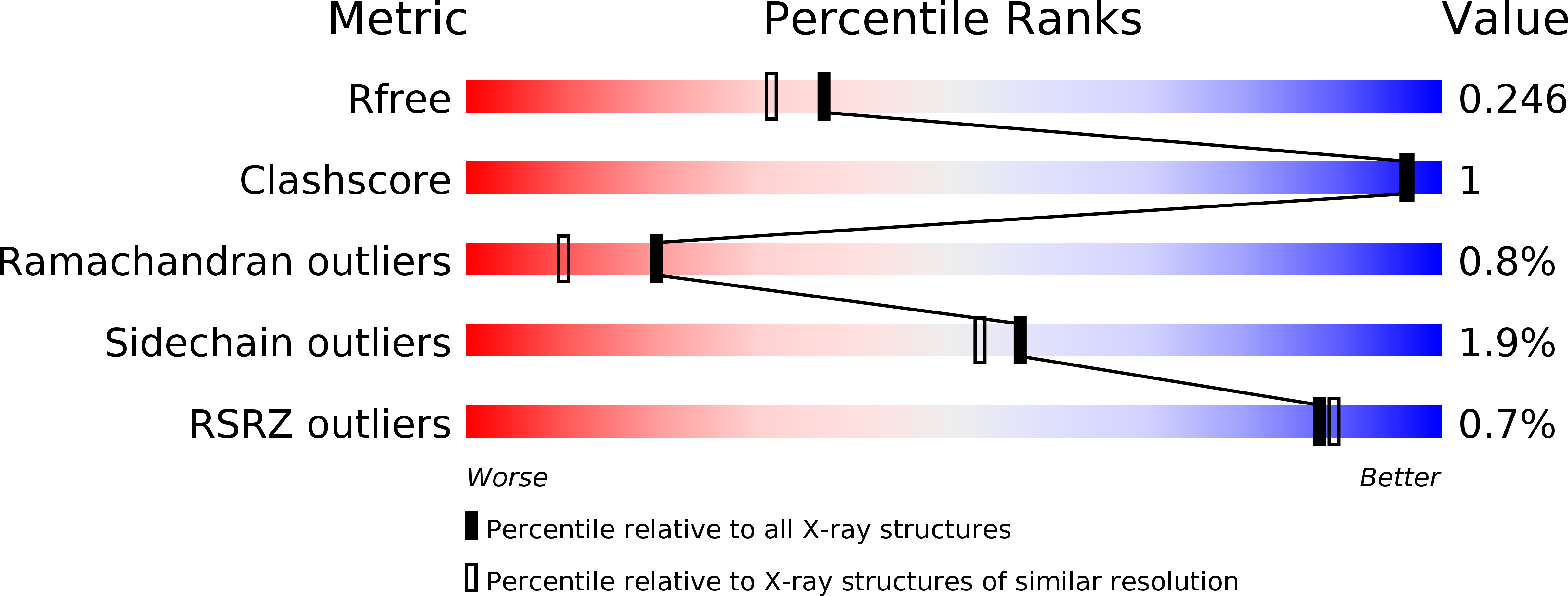
Deposition Date
2008-10-06
Release Date
2009-07-07
Last Version Date
2023-09-06
Entry Detail
PDB ID:
3ESK
Keywords:
Title:
Structure of HOP TPR2A domain in complex with the non-cognate Hsc70 peptide ligand
Biological Source:
Source Organism:
Homo sapiens (Taxon ID: 9606)
Host Organism:
Method Details:
Experimental Method:
Resolution:
2.05 Å
R-Value Free:
0.24
R-Value Work:
0.17
R-Value Observed:
0.18
Space Group:
C 1 2 1


